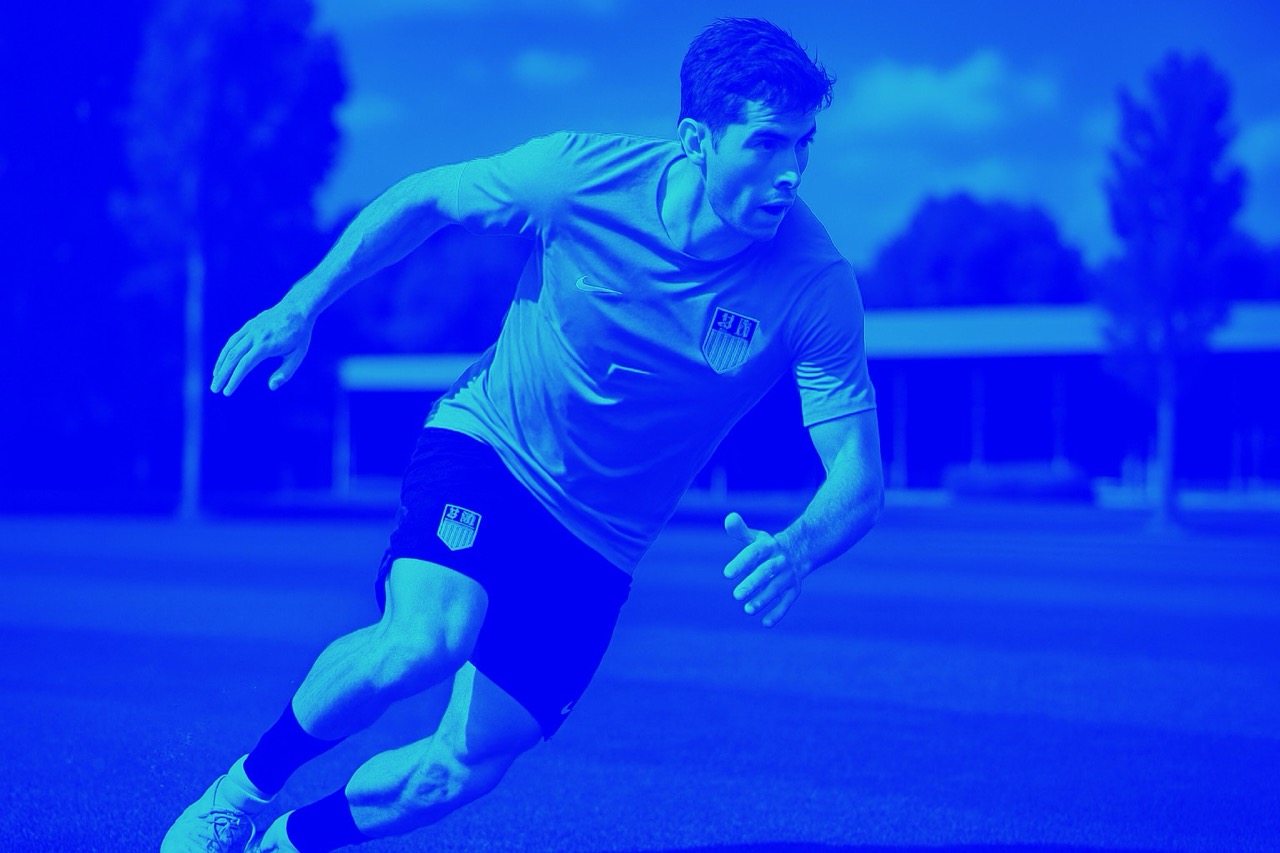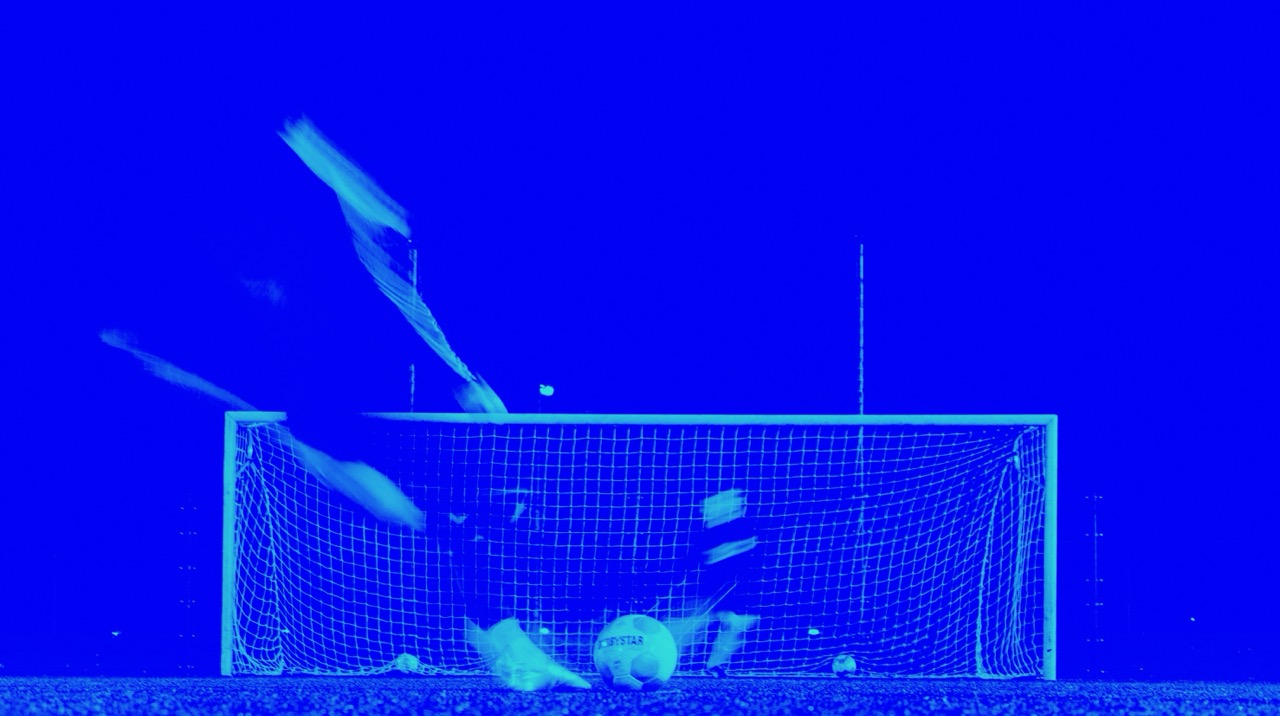Neuromuscular responses to conditioned soccer sessions assessed via GPS-embedded accelerometers: insights into tactical periodization
Buchheit M, Lacome M, Cholley Y & Simpson B.M. Neuromuscular responses to conditioned soccer sessions assessed via GPS-embedded accelerometers: insights into tactical periodization. IJSPP, In press.
Full text here
Abstract
Purpose. To 1) examine the reliability of field-based running-specific measures of neuromuscular function assessed via GPS-embedded accelerometers and 2) examine their responses to three typical conditioned sessions (i.e., Strength, Endurance and Speed) in elite soccer players.
Methods. Before and immediately after each session, vertical jump (CMJ) and adductors squeeze strength (Groin) performances were recorded. Players also performed a 4-min run at 12 km/h followed by 4 ~60-m runs (run =12 s, r =33 s). GPS (15-Hz) and accelerometer (100 Hz) data collected during the four runs + the recovery periods excluding the last recovery period were used to derive vertical stiffness (K), peak loading force (peak force over all the foot-strikes, Fpeak) and propulsion efficiency (i.e., ratio between velocity and force loads, Vl/Fl).
Results. Typical errors were small (CMJ, Groin, K and Vl/Fl) and moderate (Fpeak), with moderate (Fpeak), high (K and Vl/Fl) and very high ICC (CMJ and Groin). After all sessions, there were small decreases in Groin and increases in K, while changes in F were all unclear. In contrast, the CMJ and Vl/Fl ratio responses were session-dependent: small increase in CMJ after Speed and Endurance, but unclear changes after Strength; the Vl/Fl ratio increased largely after Strength, while there was a small and a moderate decrease after the Endurance and Speed, respectively.
Conclusions. Running-specific measures of neuromuscular function assessed in the field via GPS-embedded accelerometers show acceptable levels of reliability. While the three sessions examined may be associated with limited neuromuscular fatigue, changes in neuromuscular performance and propulsion-efficiency are likely session objective-dependent.
Keywords: specificity; running mechanisms; fatigue; horizontal force application; association football.
 Figure 1. Changes in counter movement jump (CMJ) and groin squeeze (Groin) performance, vertical stiffness (K), peak loading force (Fpeak) and velocity load/force load ratio (Vl/Fl) following the three conditioned sessions. *: possible, **: likely, ***: very likely and ****: almost certain change/difference in the change.
Figure 1. Changes in counter movement jump (CMJ) and groin squeeze (Groin) performance, vertical stiffness (K), peak loading force (Fpeak) and velocity load/force load ratio (Vl/Fl) following the three conditioned sessions. *: possible, **: likely, ***: very likely and ****: almost certain change/difference in the change.



